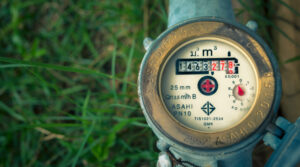Becoming carbon-neutral has become a key element of your CSR policy. A third of the UK’s largest businesses have set targets to reach Net Zero by 2050. Other businesses are taking more immediate actions, committing to Net Zero by the end of 2022. But how can saving water help your business achieve your Net-Zero target?
You may think that water itself doesn’t contribute to your carbon footprint. But there are greenhouse gases involved in the treatment of water as well as in pumping it to and from your premises. Add to this the carbon you produce when you heat the water or boil the kettle, and you can see how saving water in order to save emissions is inextricably linked.
Differences between clean water and wastewater
One important factor to bear in mind is that wastewater produces more C02e (carbon dioxide equivalent) than your incoming water supply. Getting water to your taps creates 0.149 kg of CO2e per cubic metre. However, disposal of wastewater is nearly double this amount, creating 0.272kg of CO2e in each cubic metre.
Therefore, businesses that take steps to reduce their wastewater will get closer to achieving their Net Zero target.
Decreasing wastewater volume
Water from sinks, showers, dishwashers and washing machines, as well as collected rainwater, is known as grey water. Grey water can be diverted from being poured down the drain and used for other purposes, such as flushing toilets, watering grounds, and washing vehicles, paths, roads and yards.
By reusing grey water, you will not only significantly reduce the volume of wastewater you dispose of, you will also reduce the volume of clean water you need. The less water entering and leaving your premises, the lower your bills and the lighter your carbon footprint.
Practical steps your business can take
Even if your business hasn’t set a Net Zero target yet, there are plenty of ways you can reduce your water use in order to reduce your overall CO2e. The smallest and simplest changes of behaviour, for example, can go a long way.
- Encourage employees to only boil enough water for their needs when they’re making tea and coffee. Boiling a full kettle and then reboiling the water when people make more drinks wastes energy.
- Make a point of regularly checking your water meters and bills; by knowing what your ‘normal’ water usage is, you’ll be able to check the efficacy of any water-saving measures you undertake, and you will also be able to spot abnormally high usage which is indicative of a hidden leak. By repairing leaks as soon as you spot them, you will prevent your business from paying for thousands of litres of water it doesn’t even use, thereby also reducing CO2e levels.
Taking measures to save as much water as possible makes good business sense. If the only reason is to save money, then that is, of course, good for your business – but you’ll also be contributing to water conservation and reducing your carbon footprint at the same time, which is great for the environment.
Download our free Water Efficiency Guide for more ways your business can save water. Alternatively, book a water efficiency audit to review your water use and find out how you could make substantial savings on your water bill. You can also read more about the other kinds of services we provide such as business water services or business wastewater management.










